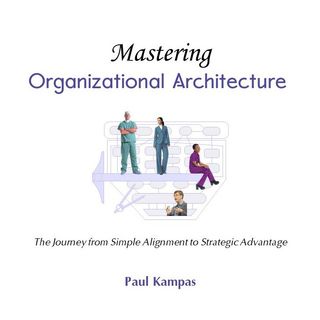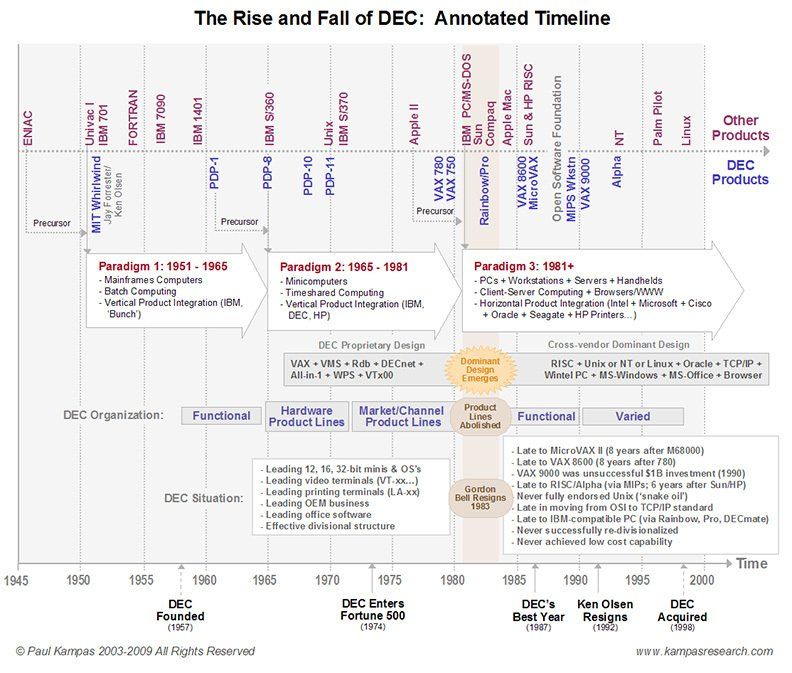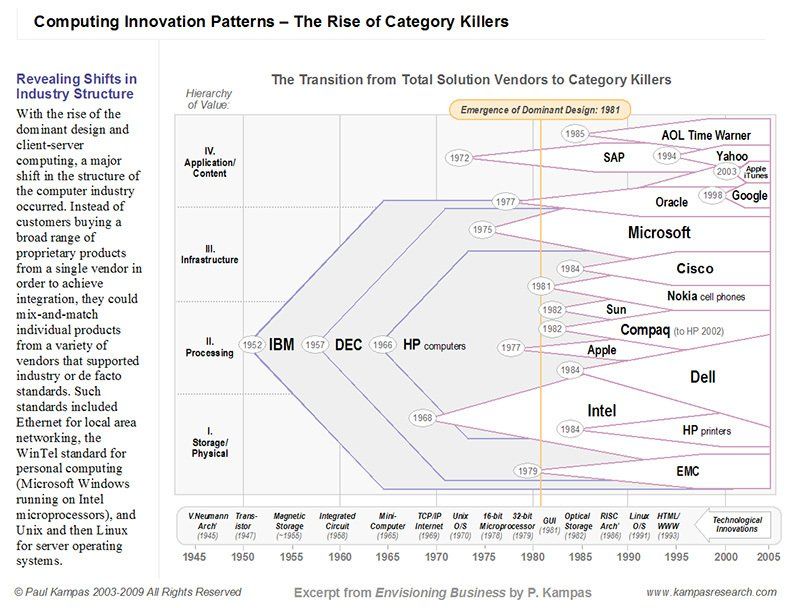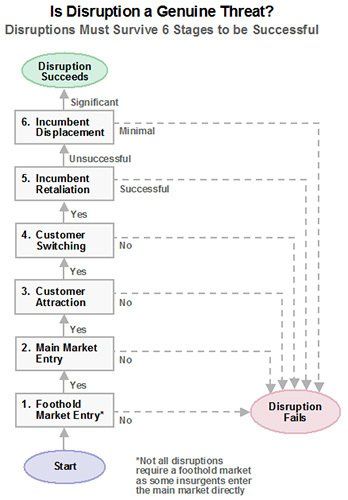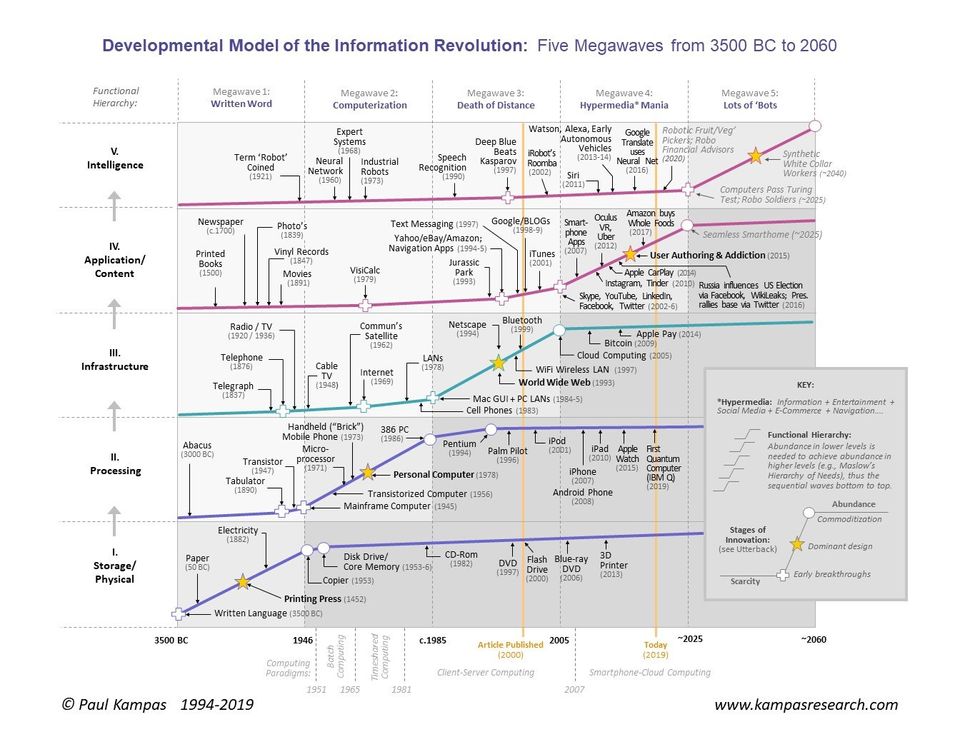< Publications >
Self-published books:
(click on the cover to see excerpt; use back arrow on browser to return to this page)
Commercially-published book and articles:
DEC is Dead, Long Live DEC
The Lasting Legacy of Digital Equipment Corporation
By Edgar H. Schein with Peter S. DeLisi, Paul J. Kampas, and Michael M. Sonduck
The Lasting Legacy of Digital Equipment Corporation
By Edgar H. Schein with Peter S. DeLisi, Paul J. Kampas, and Michael M. Sonduck
Berrett-Koehler (August 2003)
Publisher's Press Release:
DEC Is Dead, Long Live DEC tells the 40-year story of the creation and demise of one of the pioneering companies of the computer age, and explains in detail how a particular culture can become so embedded that the organization is unable to adapt to changing circumstances even though it sees the need very clearly. It shows how the evolution of technology, organization and culture intertwine into a complex system that may leave the organization unable to cope. It shows clearly the price of success and growth and the potential problems that organizational maturity creates.
Digital Equipment Corporation (DEC) was a pioneer of the computer age. Over its lifetime of 40 years it reached the Fortune 50, at its peak had sales of over $14 billion, was the number two computer maker behind IBM, created the minicomputer, networking, local area networking, the concept of distributed computing, speech recognition and other innovations. Yet ultimately, it failed as a business and was sold to Compaq Corporation.
DEC developed a set of engineers and managers that went on to populate the computer industry of today. Almost everyone considers their time at DEC to have been a great experience from which they learned a tremendous amount, and they say they want to reproduce the DEC culture in their new companies. DEC is a unique case history of a culture of innovation---how it was created, how it evolved, and how it ultimately led to the company's downfall.
How to Identify Your Enemies Before They Destroy You
HBR Summary:
We've all heard the stories about corporate giants who ignored disruptive innovations and paid a steep price. Most of the nascent technologies that typically bombard executives will not amount to competitive threats and deserve to be ignored. As a result, disruptions are usually not taken seriously until they become obvious--when it's often too late. But, the authors argue, disruption isn't inevitable. They have developed a tool that can help companies detect potential disruptive innovations while management still has time to respond effectively. The tool's decision-making methodology harnesses the organization's collective wisdom to determine how likely it is that a particular innovation will seriously damage an incumbent's business. The methodology has two components: an analytical instrument and an organizational process. And the tool's rigorous approach can spell the difference between flailing around and acting effectively in the face of a serious competitive threat. (Author’s note: On the flip side, entrepreneurs and their supporting venture capitalists and investment banks can also benefit by using this tool to help assess and enhance their likelihood of success in disrupting an incumbent.)
By Paul Kampas and Farshad Rafii
Harvard Business Review (November 2002)
We've all heard the stories about corporate giants who ignored disruptive innovations and paid a steep price. Most of the nascent technologies that typically bombard executives will not amount to competitive threats and deserve to be ignored. As a result, disruptions are usually not taken seriously until they become obvious--when it's often too late. But, the authors argue, disruption isn't inevitable. They have developed a tool that can help companies detect potential disruptive innovations while management still has time to respond effectively. The tool's decision-making methodology harnesses the organization's collective wisdom to determine how likely it is that a particular innovation will seriously damage an incumbent's business. The methodology has two components: an analytical instrument and an organizational process. And the tool's rigorous approach can spell the difference between flailing around and acting effectively in the face of a serious competitive threat. (Author’s note: On the flip side, entrepreneurs and their supporting venture capitalists and investment banks can also benefit by using this tool to help assess and enhance their likelihood of success in disrupting an incumbent.)
Shifting Cultural Gears in Technology-Driven Industries
By Paul Kampas
MIT Sloan Management Review (Winter 2003)
Introduction:
Ongoing innovation--of products, business processes or both--is essential for the success of any company in a competitive industry. In technology-driven industries, as core technologies mature and mainstream customers proliferate, the primary source of customer value inevitably shifts from product innovation to business innovation, which focuses on processes (product development, procurement, manufacturing, sales, distribution or services) and marketing (partnering, segmenting, positioning, packaging or branding). To meet the changing needs of customers, technology-driven companies must effect a corresponding shift in their own competencies. However, attempts to accomplish that through changes in strategy, structure, processes or rewards without changing the company’s underlying cultural assumptions are almost always doomed to failure because culture strongly shapes both the competencies and rigidities of a company.
When culture is aligned with the needs of the market, it can enable very high levels of organizational performance, but when the market changes significantly, the culture may have to change as well. Many senior managers avoid addressing cultural transformation because of culture’s invisible, difficult-to-measure nature and its stubborn resistance to quick fixes. Yet it is precisely because cultural change tends to be slow and difficult that waiting for a crisis to initiate such change is often a recipe for disaster. Consider the case of Digital Equipment Corp. (DEC), which was superb at product innovation and a leader for many years, but stumbled and fell when hardware commoditized and business innovation became the driving force. Analysis of the DEC situation powerfully illustrates that product innovation and business innovation require two quite different cultural predispositions--or biases--and suggests a model that will help executives guide their companies through the challenging transition from one to the other.
By Paul Kampas
MIT Sloan Management Review (Winter 2003)
Introduction:
Ongoing innovation--of products, business processes or both--is essential for the success of any company in a competitive industry. In technology-driven industries, as core technologies mature and mainstream customers proliferate, the primary source of customer value inevitably shifts from product innovation to business innovation, which focuses on processes (product development, procurement, manufacturing, sales, distribution or services) and marketing (partnering, segmenting, positioning, packaging or branding). To meet the changing needs of customers, technology-driven companies must effect a corresponding shift in their own competencies. However, attempts to accomplish that through changes in strategy, structure, processes or rewards without changing the company’s underlying cultural assumptions are almost always doomed to failure because culture strongly shapes both the competencies and rigidities of a company.
When culture is aligned with the needs of the market, it can enable very high levels of organizational performance, but when the market changes significantly, the culture may have to change as well. Many senior managers avoid addressing cultural transformation because of culture’s invisible, difficult-to-measure nature and its stubborn resistance to quick fixes. Yet it is precisely because cultural change tends to be slow and difficult that waiting for a crisis to initiate such change is often a recipe for disaster. Consider the case of Digital Equipment Corp. (DEC), which was superb at product innovation and a leader for many years, but stumbled and fell when hardware commoditized and business innovation became the driving force. Analysis of the DEC situation powerfully illustrates that product innovation and business innovation require two quite different cultural predispositions--or biases--and suggests a model that will help executives guide their companies through the challenging transition from one to the other.
Roadmap to the e-Revolution
By Paul Kampas
-- Information Systems Management (Winter 1999-2000)
Abstract:
Information technology is advancing in a predictable sequence of five “megawaves.” We are nearing the end of the third megawave, with the fourth megawave building rapidly (Note: Since publication in 1999, we are now fully in the fourth megawave). Visionary leaders carry an implicit mental map of this pattern deep in their minds. Because the five megawaves follow similar patterns of development, important lessons from past waves can be used for anticipating and exploiting future waves. This article provides an explicit and thought-provoking “roadmap” of this pattern for both technical and business leaders to see, debate, and use as they reinvent their enterprises in the e-revolution.
By Paul Kampas
Published in two journals:
-- IEEE Engineering Management Review (First Quarter 2001)-- Information Systems Management (Winter 1999-2000)
Abstract:
Information technology is advancing in a predictable sequence of five “megawaves.” We are nearing the end of the third megawave, with the fourth megawave building rapidly (Note: Since publication in 1999, we are now fully in the fourth megawave). Visionary leaders carry an implicit mental map of this pattern deep in their minds. Because the five megawaves follow similar patterns of development, important lessons from past waves can be used for anticipating and exploiting future waves. This article provides an explicit and thought-provoking “roadmap” of this pattern for both technical and business leaders to see, debate, and use as they reinvent their enterprises in the e-revolution.

